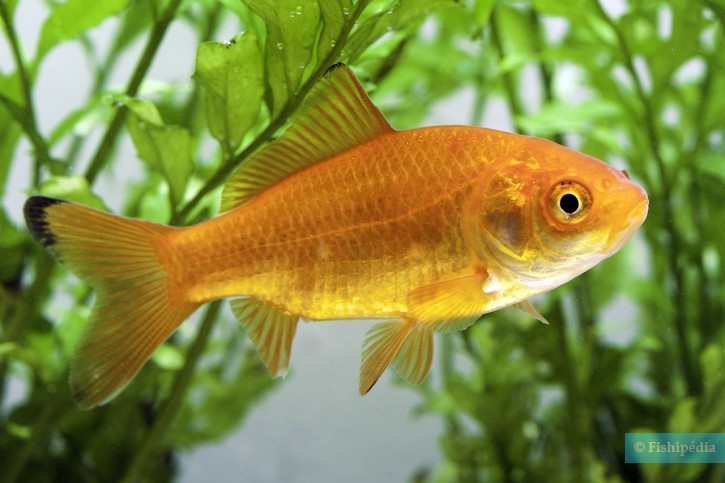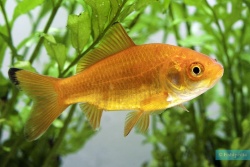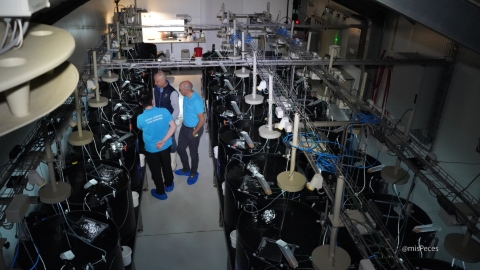
Handling practices such as feeding, manipulation, and changes in water temperature affect the oxygen consumption of fish, making it a critical parameter to ensure healthy and optimally raised fish.
Using an intermittent respirometry system to measure oxygen consumption in goldfish (Carassius auratus), researchers from the Universidad Complutense de Madrid have reached important conclusions that can be applied in commercial aquaculture.
Goldfish was chosen as the model for this study due to its widespread use in ornamental aquaculture, its representation in previous scientific research, ease of handling in experimental conditions, and its resilience to various environmental factors. Furthermore, its characteristics allow the findings to be extrapolated to other fish species in aquaculture, helping to improve animal welfare and optimise handling practices.
The researchers, using this intermittent respirometry system, found that the metabolism of this fish is “significantly higher during the day,” suggesting that the aforementioned aquaculture activities should be scheduled at this time to align with the fish’s biological rhythm and minimise stress.
After feeding, the fish experienced a 35% increase in oxygen consumption, which lasted for approximately seven hours. Therefore, planning handling activities to avoid this digestion period “can improve both the energy efficiency of the fish and their welfare.", mentioned in their study.
Another relevant finding is the impact of stress on metabolism. Brief manipulations, such as transferring between tanks, caused a 140% increase in oxygen consumption, which took up to 2.5 hours to return to normal. This discovery highlights the importance of avoiding unnecessary handling and allowing adequate recovery time.
The study also analysed how the gradual increase in water temperature affects the metabolism of goldfish. When the temperature was raised to 30°C, the fish’s oxygen consumption increased by 200%, emphasising the need to carefully monitor temperature variations in fish farms to avoid thermal stress and energy overload.
Additionally, the use of common aquaculture anaesthetics, such as MS-222 and clove oil, was shown to affect fish metabolism for at least four hours after recovery, implying the need to adjust handling protocols to ensure proper recovery.
Adjusting practices based on these findings can optimise energy use, reduce stress, and ensure the welfare of fish, thus leading to more efficient and sustainable farming of goldfish and other commercially important species.
Reference:
Herrera-Castillo, L., Vallejo-Palma, G., Saiz, N., Sánchez-Jiménez, A., Isorna, E., Ruiz-Jarabo, I., & de Pedro, N. (2024). Metabolic Rate of Goldfish (Carassius auratus) in the Face of Common Aquaculture Challenges. Biology, 13(10), 804.



